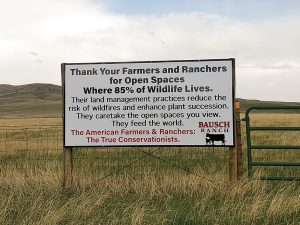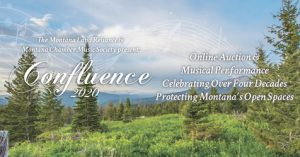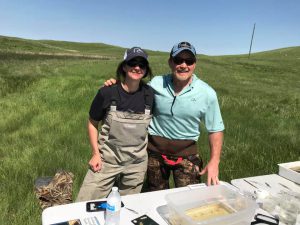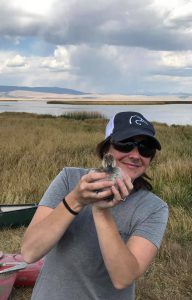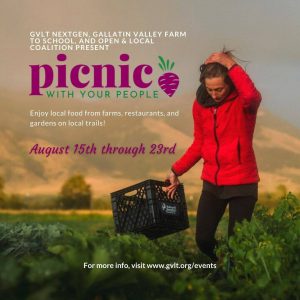The 2018 voter-approved Gallatin County open land mill levy will soon help fund outdoor recreation projects in the county.
The Bozeman Daily Chronicle reported last week that county commissioners – with Montana Land Reliance and Gallatin Valley Land Trust support – will split the roughly $1.5 million levy funding with about $1.1 million available to fund conservation easements and conservation projects. The county open land program provides a major source of matching funds for the NRCS ALE Program in Gallatin County.
About $264,000 will be allocated to trail construction and maintenance, the purchase of new trail easements and other outdoor recreation projects. An additional $141,000 will be earmarked for county parks.
From the article: EJ Porth, associate director of the Gallatin Valley Land Trust, said…with the division of funding, projects like those in the Triangle Trails Plan, a roadmap for creating trails in the area west of Bozeman, could come to fruition.“We know we have a lot of work to do on conservation, but we also know there is plenty of work to do on the recreation and public access side,” she said.
The Montana Land Reliance, which often applies for funding from the open lands board to purchase land and complete conservation easements in Gallatin County, said it supports the new funding system.
“We’re growing so fast that all the conservation that we can do is going to help protect what we all love so much in the county for the future,” said the group’s Greater Yellowstone manager Kathryn Kelly.

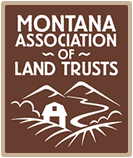



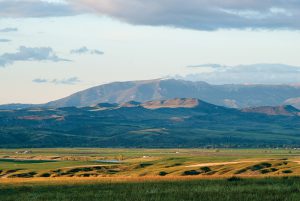 .
. 